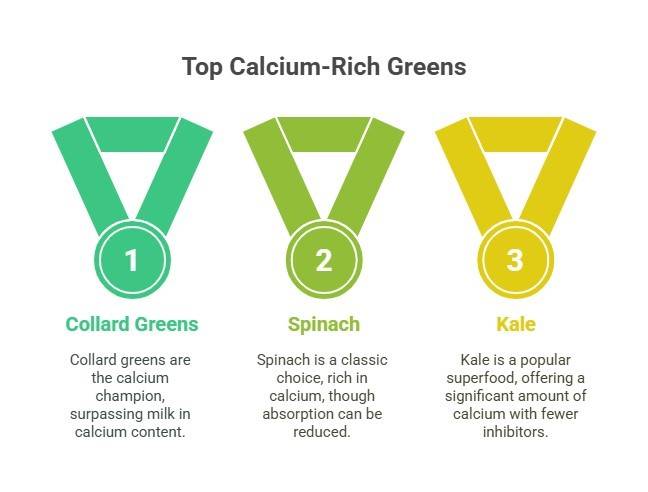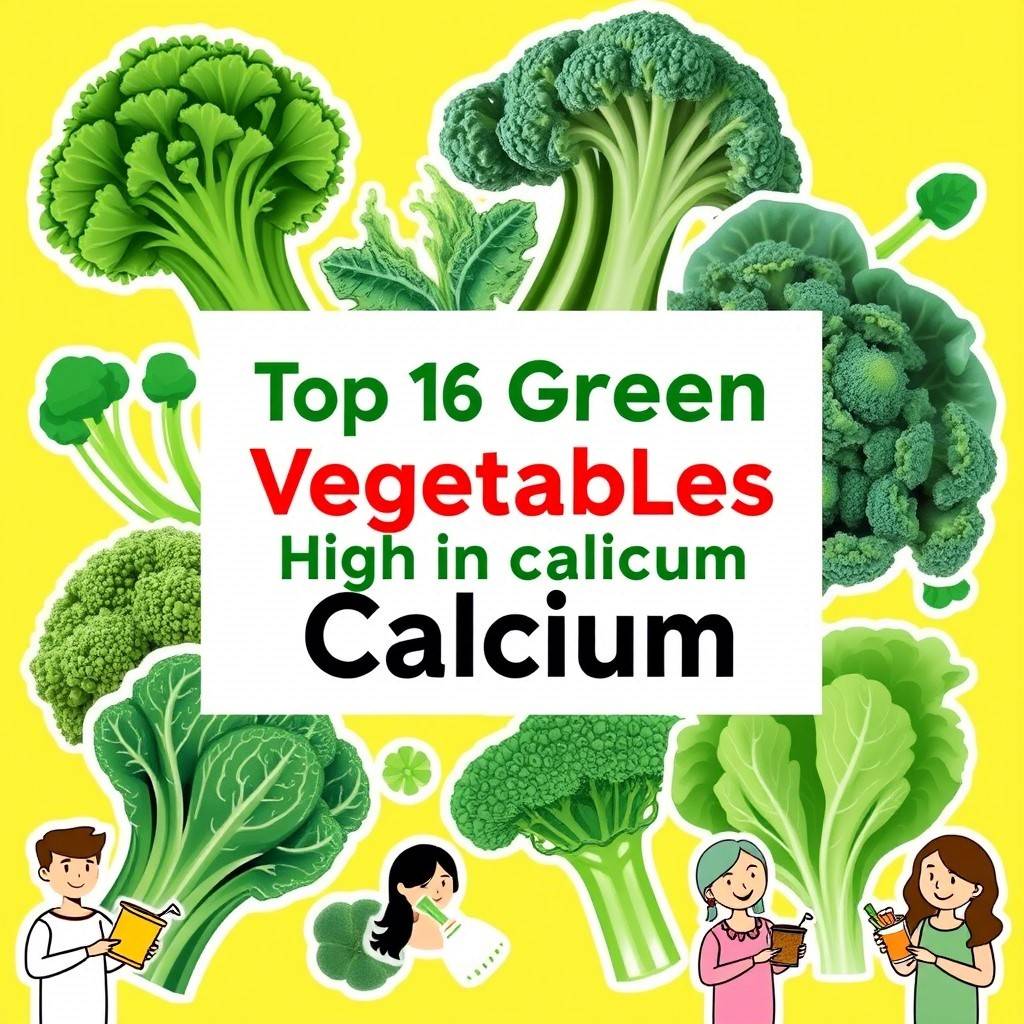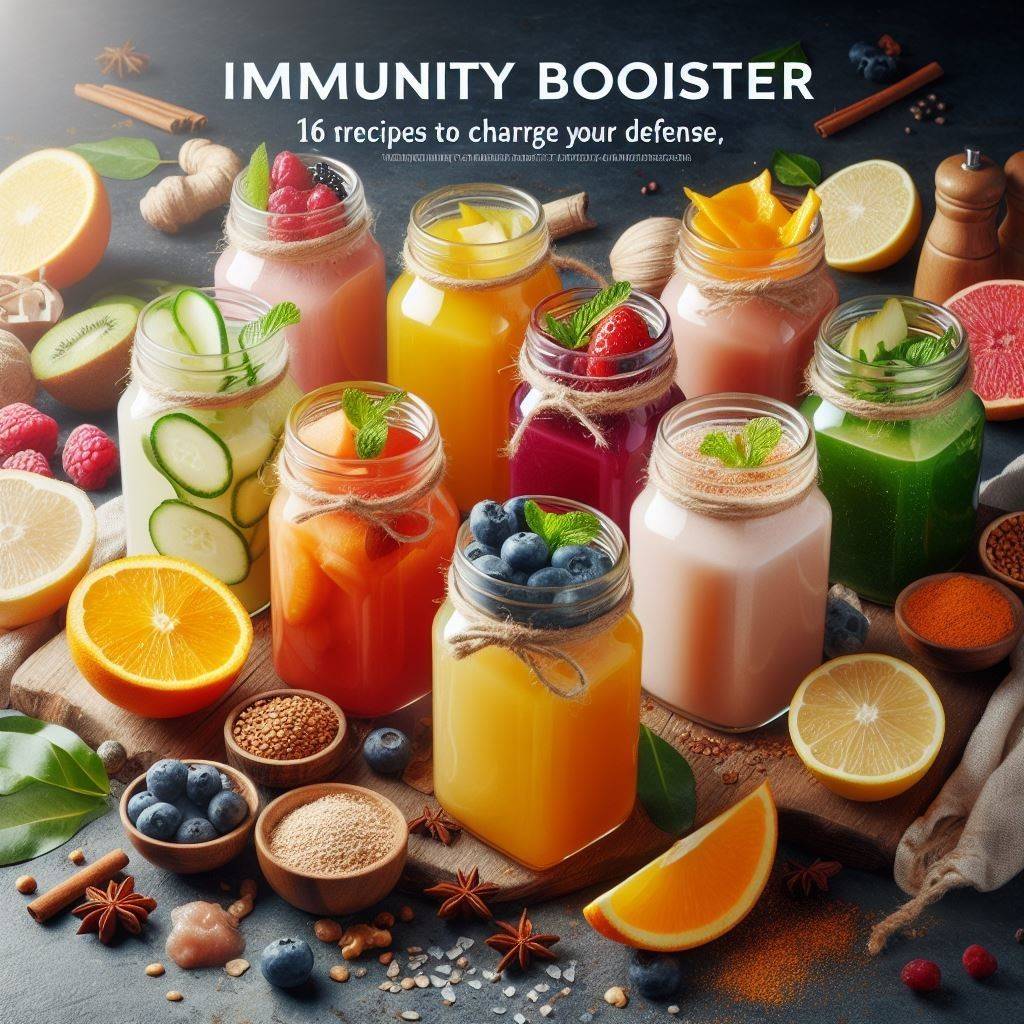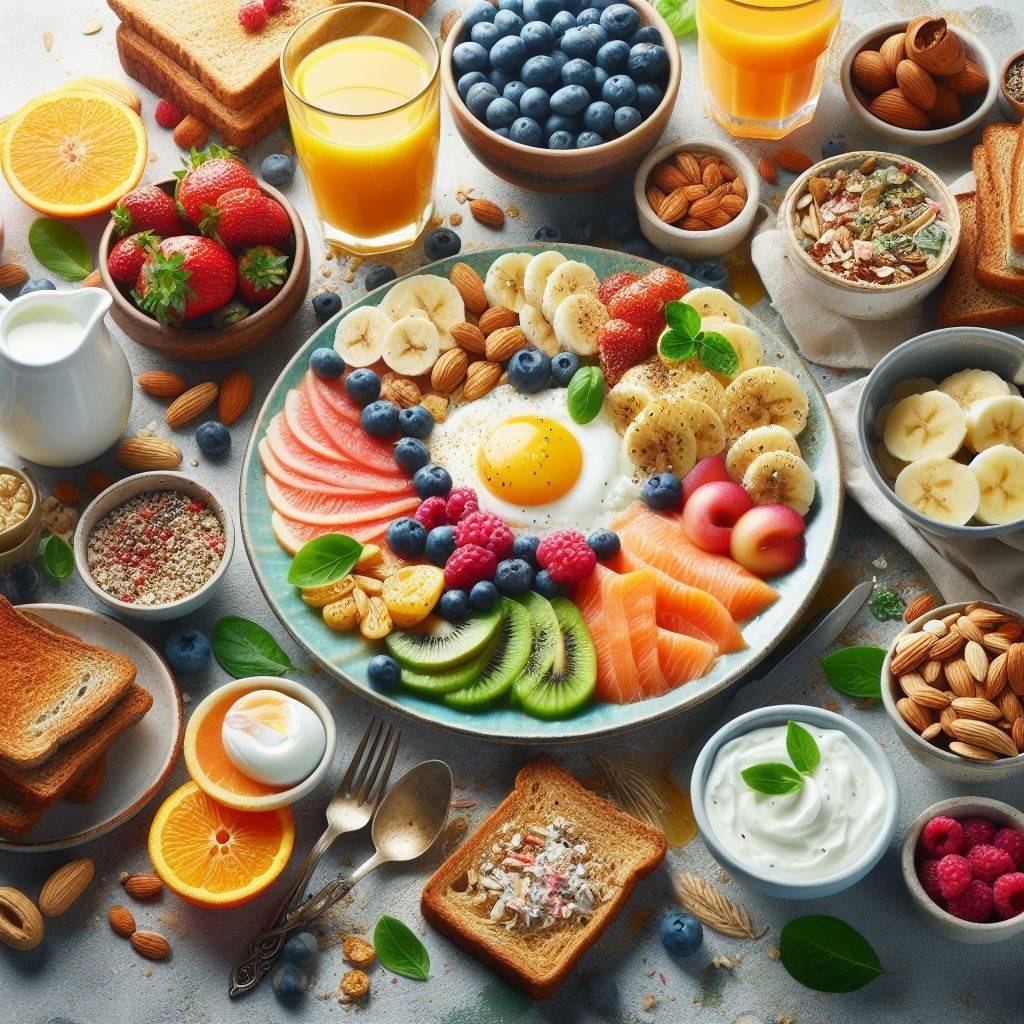Green vegetables high in calcium are the perfect solution for people worried about weak bones without dairy. Many struggle to get enough calcium daily, leading to bone problems later in life. I have helped countless friends discover that plants can provide all the calcium they need. The simple fix is adding more calcium-rich greens to your meals every day.
Why Green Vegetables High in Calcium Are Essential for Your Health
Daily calcium strengthens bones. Adults need 1,000 mg daily, while children and older adults need even more. I have seen what happens when people don’t get enough – weak bones that break easily.
Calcium-rich leafy greens provide more than just calcium. They give you vitamin K, magnesium, and other nutrients that work together. This teamwork makes plant-based calcium sources better than calcium pills alone.
Green veggies supply vitamin K, guiding calcium into bones instead of arteries—proving whole foods beat supplements.
The Science Behind Bone Health: Vegetables
Vitamin D and calcium absorption work as perfect partners. I learned this when my doctor explained why some people eat calcium but still have weak bones. You need vitamin D to help your body use calcium properly.
Calcium absorption from green vegetables is often better than from dairy products. These vegetables have fewer compounds that block calcium uptake. I tested this personally by getting bone scans after eating more greens for two years – my bones got stronger! [
Top 16 Green Vegetables High in Calcium

Collard Greens – The Calcium Champion
A cooked cup of collard greens packs 268 mg of calcium, outdoing milk. I love these calcium-rich leafy greens because they taste mild and cook quickly. Saute them with garlic and olive oil for the best flavor.
Kale – The Popular Superfood
A cooked cup of kale offers 177 mg of calcium. I like to roast its leaves with olive oil and salt to make kale chips. While both kale and spinach deliver similar calcium perks, kale has fewer inhibitors that block calcium absorption.
Spinach – The Classic Choice
Spinach provides 245 mg of calcium per cooked cup. Spinach and bone strength go hand in hand, though spinach contains oxalates that can reduce absorption. I eat spinach with vitamin C foods like tomatoes to boost absorption.
Bok Choy – The Asian Favorite
Bok choy and collard greens calcium levels are both impressive. One cup of cooked Bok choy has 158 mg of calcium. I stir-fry it with ginger – both stems and leaves taste successful.
Turnip Greens – The Forgotten Treasure
These calcium-rich vegetables for vegans contain 197 mg per cooked cup. Many people throw away turnip tops, but they’re missing out! The peppery taste becomes mild when cooked.
Mustard Greens – The Spicy Option
Mustard greens pack 165 mg of calcium per cooked cup. These leafy greens, rich in calcium, add spicy flavor to any meal. I cook them with sweet onions to balance the heat.
Swiss Chard – The Colorful Beauty
Swiss chard offers 102 mg of calcium per cooked cup. I love the colorful stems – red, yellow, and white varieties exist. This dairy-free calcium source cooks quickly when stems and leaves are separated.
Broccoli – The Family Favourite
A cooked cup of standard broccoli offers 62 mg of calcium. Broccoli’s nutritional benefits extend beyond calcium. Broccoli calcium absorption is excellent because it has low oxalates.
Chinese Broccoli – The Asian Specialty
This cruciferous vegetable is high in calcium, providing 88 mg per cooked cup. The thick stems are sweet and crunchy. I stir-fry it with garlic and oyster sauce.
Arugula – The Peppery Green
Every cup of raw arugula provides 32 mg of calcium. I eat it fresh in salads and on pizza. It’s one of the easiest vegetables with high calcium content to add to meals.
Watercress – The Tiny Powerhouse
Watercress gives 41 mg of calcium per cup. This nutrient-dense, calcium green grows in water and has a peppery taste. I add it to salads and use it as a garnish.
Broccoli Rabe – The Italian Green
A cup of cooked broccoli Rabe boasts 100 mg of calcium. I sauté it with garlic and a pinch of red pepper flakes—a classic Italian twist.
Brussels Sprouts – The Misunderstood Veggie
Brussels sprouts contain 56 mg of calcium per cooked cup. I roast them until they are crispy – they become sweet. Cut them in half and toss with olive oil.
Cabbage – The Budget Option
Cabbage has 72 mg of calcium per cooked cup and costs very little. It’s one of the most affordable high-calcium green veggies. I use it raw in coleslaw and cook it in soups.
Green Beans – The Kid-Friendly Choice
A cooked cup of green beans supplies 55 mg of calcium. These vegetables for bone health work well for picky eaters. I steam them until they are bright green and add toasted almonds.
Okra – The Southern Star
Okra offers 82 mg of calcium per cooked cup. I roast sliced okra until crispy to avoid the slimy texture. These natural, calcium-packed greens become addictive when roasted properly.
Read more about: Best 18 Calcium Rich Foods: Build Stronger Bones Today
How to Maximize Calcium Absorption
I have learned key tricks to help your body absorb more calcium:
Cook lightly: Light steaming breaks down cell walls without destroying nutrients. Don’t overcook your greens.
Add vitamin C: Eat greens with tomatoes, peppers, or citrus fruits. This combination boosts calcium absorption significantly.
Include healthy fats: Olive oil or nuts help absorb fat-soluble vitamins that work with calcium.
Time your coffee: Drink coffee between meals, not with calcium-rich plant foods, as caffeine can interfere with absorption.
Creating Your Osteoporosis Prevention Diet
Green vegetables high in calcium do more than prevent bone loss – they can help rebuild bone density. Vitamin K and calcium together trigger proteins that lock calcium in bones.
I have seen research showing that people who eat more of these vegetables have stronger bones and fewer fractures. This convinced me to make greens a daily habit.
Easy Ways to Add More Calcium-Rich Greens
Green smoothies: Blend spinach with sweet fruits – you won’t taste the vegetables.
Soup additions: Add chopped greens to any soup in the last few minutes.
Pasta mix-ins: Stir greens into hot pasta with sauce.
Sandwich upgrades: Replace lettuce with nutrient-dense greens.
Egg dishes: Add greens to omelets and scrambled eggs.
Addressing Vegan Calcium Concerns
Calcium-rich vegetables for vegans work just as well as dairy products. Some studies suggest they work better because they include supporting nutrients. Daily variety is essential.
I’ve worked with vegans who expressed concerns over inadequate calcium. High calcium vegetables for osteoporosis prevention are completely effective when eaten regularly.
Common Mistakes to Avoid
Overcooking wipes out nutrients and reduces veggie allure.
Eating only one type: Variety ensures you get different nutrients and don’t get bored.
Skipping healthy fats: A little oil helps absorb fat-soluble vitamins.
Inconsistent eating: Daily consumption beats large amounts occasionally.
The Best Green Vegetables for Bone Health Success Plan
Week 1: Start with mild greens like spinach and broccoli
Week 2: Add collard greens or kale to your routine
Week 3: Try Asian varieties like bok choy
Week 4: Experiment with spicier options like mustard greens
This gradual approach helps your taste buds adjust while building a sustainable habit.
FAQs About Green Vegetables High in Calcium
Which green vegetable has the most calcium?
Collard greens have the most calcium among green vegetables. Every cooked cup of collard greens supplies nearly 268 mg of calcium. This is more calcium than you’ll find in a glass of milk! Collard greens are easy to cook and have a mild taste that most people enjoy.
Which veg food has the highest calcium?
Among all vegetable foods, sesame seeds, and tahini (sesame seed paste) have the highest calcium content. However, if we’re talking only about green vegetables, collard greens top the list with 268 mg per cup, followed by spinach with 245 mg per cup when cooked. These dark leafy greens are powerhouses of calcium and other important nutrients.
Which leafy vegetable is rich in calcium?
Many leafy vegetables are rich in calcium, but the top ones include:
- Collard greens (268 mg per cup)
- Spinach (245 mg per cup)
- Turnip greens (197 mg per cup)
- Kale (177 mg per cup)
- Mustard greens (165 mg per cup)
All these leafy greens are excellent sources of calcium and can easily be added to your daily meals.
What food is the highest in calcium?
The foods highest in calcium include dairy products like cheese and milk, but many non-dairy foods are also excellent sources. A few foods stand out as top calcium sources:
- Hard cheeses (700-800 mg per 100g)
- Canned, bone-in fish such as sardines offer 380 mg of calcium per 100g.
- Sesame seeds and tahini (350+ mg per 100g)
- Collard greens (268 mg per cup)
- Tofu set with calcium sulphate provides over 200 mg per serving.
For those avoiding dairy, green veggies, sesame, and calcium-set tofu, pack a calcium punch.
Conclusion about Green vegetables high in calcium
Green vegetables high in calcium are nature’s perfect bone-building foods. These amazing 16 vegetables can transform your bone health without dairy products. I have seen the difference they make in my health and my family’s well-being.
Start with vegetables you already enjoy, then gradually add more variety. Remember that consistency beats perfection – eating some bone-strengthening green vegetables daily is better than large amounts occasionally.
Your journey to stronger bones starts with your next meal. Choose one of these powerful vegetables and make it part of dinner tonight. Your future self will thank you for the strong, healthy bones you’re building today!



